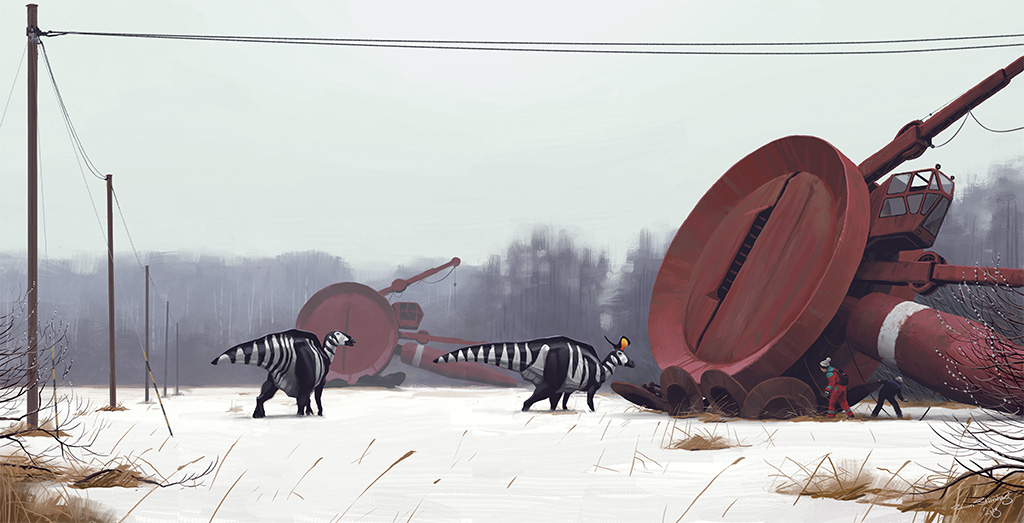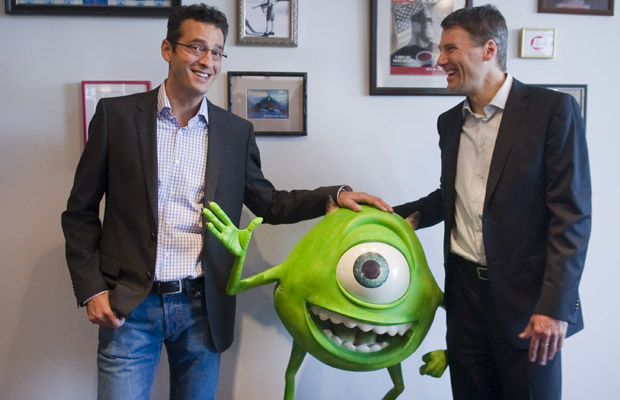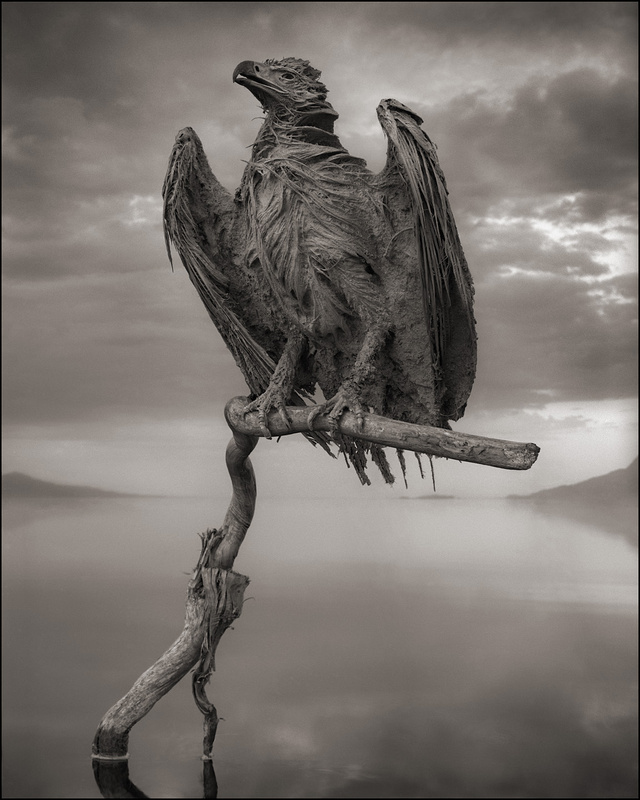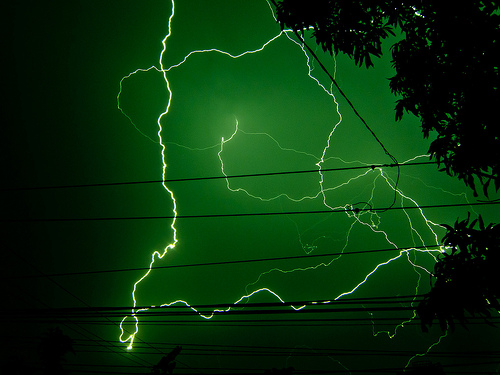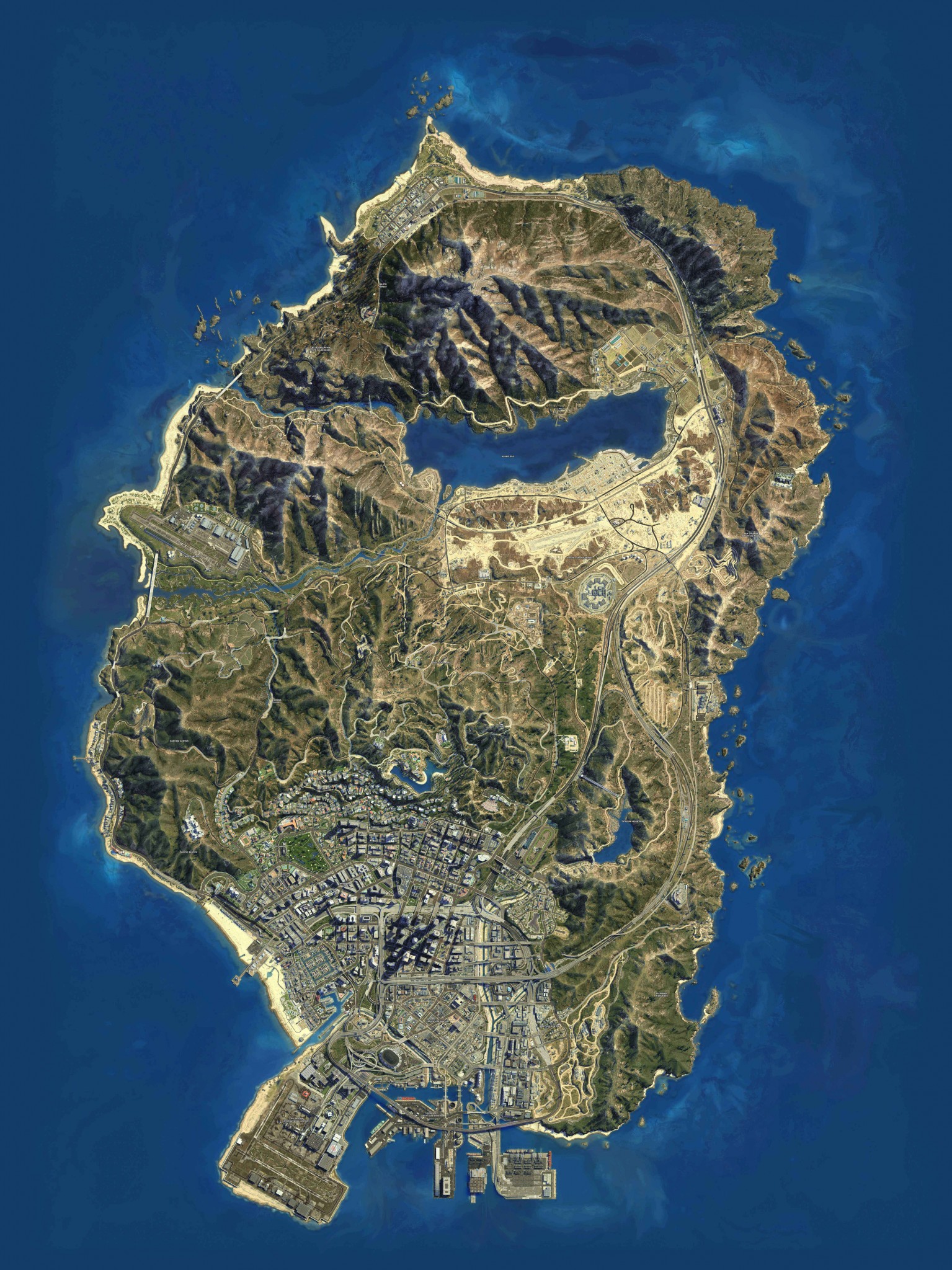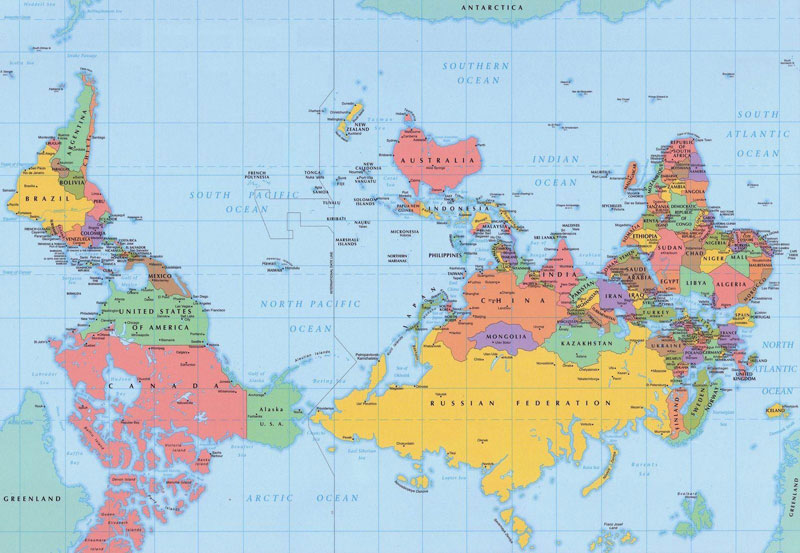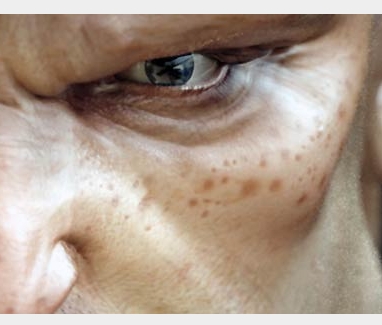




3Dprinting (176) A.I. (761) animation (340) blender (197) colour (229) commercials (49) composition (152) cool (360) design (636) Featured (69) hardware (308) IOS (109) jokes (134) lighting (282) modeling (131) music (186) photogrammetry (178) photography (751) production (1254) python (87) quotes (491) reference (310) software (1336) trailers (297) ves (538) VR (219)
Author: pIXELsHAM.com
-
Pixar Canada shuts its doors in Vancouver
http://blogs.theprovince.com/2013/10/08/pixar-canada-shuts-its-doors-in-vancouver/
VANCOUVER, B.C.: JUNE 20, 2012 — Mayor Gregor Robertson (R) and Amir Nasrabadi (L) of Pixar, June 20th, during a tour of Vancouver’s digital media industry.Pixar is located in Vancouver’s Gastown. (Ward Perrin / PNG) (For story by NEWS/The Province NEWS/Vancouver Sun) 00062289A 00062297A [PNG Merlin Archive] -
Is the Australian VFX industry on borrowed time?
http://mumbrella.com.au/australian-vfx-industry-borrowed-time-178134
With foreign tax subsidies under scrutiny in the US, is Australia’s VFX industry in danger of losing its biggest clients? Lee Zachariah investigates.
greenscreen tv studio
COLLECTIONS
| Featured AI
| Design And Composition
| Explore posts
POPULAR SEARCHES
unreal | pipeline | virtual production | free | learn | photoshop | 360 | macro | google | nvidia | resolution | open source | hdri | real-time | photography basics | nuke
FEATURED POSTS
-
Film Production walk-through – pipeline – I want to make a … movie
-
Python and TCL: Tips and Tricks for Foundry Nuke
-
Eddie Yoon – There’s a big misconception about AI creative
-
Key/Fill ratios and scene composition using false colors
-
Photography basics: Color Temperature and White Balance
-
Matt Gray – How to generate a profitable business
-
Daniele Tosti Interview for the magazine InCG, Taiwan, Issue 28, 201609
-
Game Development tips
Social Links
DISCLAIMER – Links and images on this website may be protected by the respective owners’ copyright. All data submitted by users through this site shall be treated as freely available to share.

